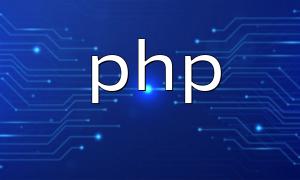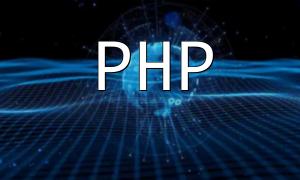In modern PHP applications, performance optimization becomes crucial when handling large volumes of data and concurrent requests. Traditional synchronous processing methods can lead to performance degradation and resource contention. Queues and message systems, through asynchronous task processing, effectively solve these issues and enhance application throughput, responsiveness, and scalability.
A queue is a First-In-First-Out (FIFO) data structure that allows tasks to be added to the queue's end and retrieved from the front for processing. Queues are commonly used to temporarily store tasks that need to be processed asynchronously, helping to avoid performance bottlenecks caused by direct synchronous processing.
Similar to queues, message systems are more versatile and support multiple types of message delivery. Message systems generally use a publish/subscribe model, where publishers send messages to a message queue, and subscribers receive and process these messages. In addition to message persistence, message systems provide advanced features such as routing and load balancing, further improving system reliability and performance.
Suppose we want to use a queue to handle asynchronous email sending tasks. Here is a simple implementation example:
// Create a queue
$queue = new \Resque\Resque();
// Add email task to the queue
$queue->enqueue('default', 'MyEmailProcessor', array('email' => 'example@domain.com'));
// Asynchronously perform the email sending task
\Resque\Job::reserve()->perform();Queues and message systems are powerful tools for enhancing PHP application performance. By decoupling task processing from the main flow, they not only improve system throughput and responsiveness but also effectively reduce the risks of deadlocks and other performance issues. Properly integrating these technologies into your application can significantly boost its performance and scalability.








